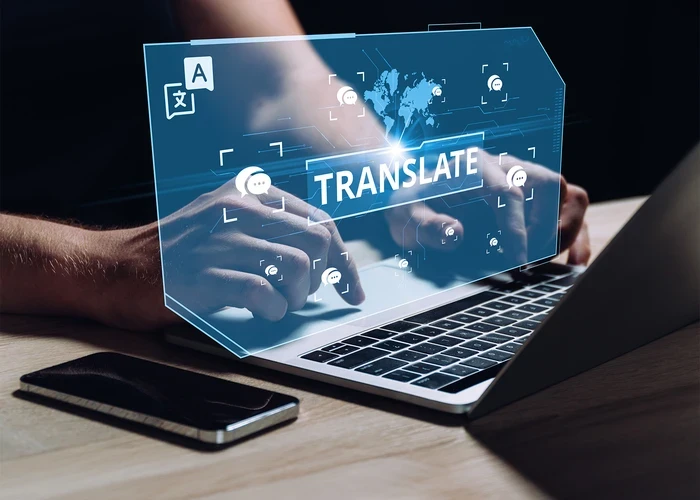Translation Strategies for Safe, Cost-Efficient Clinical Trial Content
Pharmaceutical, biotechnology, and medical device organizations cannot afford translation errors. A single mistranslated word on a product label, medical instruction, or clinical document can cost millions, delay approvals, and even put patient lives at risk.
Learn the key translation risks, strategies, and solutions that life sciences leaders need to know for flawless content localization. By developing a comprehensive translation strategy for each of your markets, you can take steps to protect patients and avoid the consequences of medication errors, adverse drug reactions, and pharmacovigilance failures.
Author: Jess Eker, SVP Global Life Sciences Practice
Special Thanks to Contributing Experts:
Katie Lewis, Vice President, TransPerfect Life Sciences
Alex Farrell, Regional Director, TransPerfect Life Sciences

